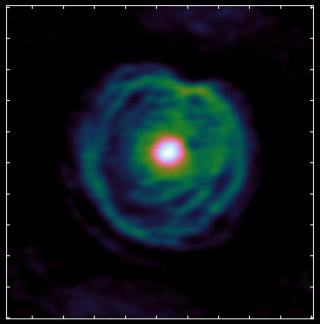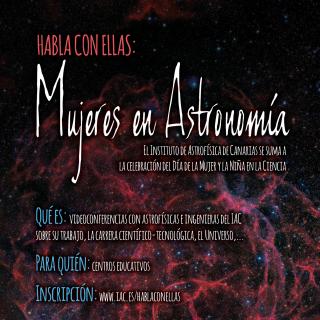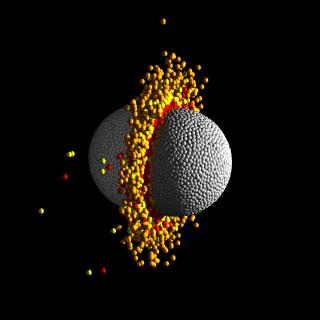
A building for technological cooperation with companies, with over 4,000 square metres of room available for companies who want to pursue R+D+I jointly with the Instituto de Astrofísica de Canarias (IAC). The collaboration will be aimed principally at three areas: Space, Medical Technology, and Large Telescopes.
Advertised on




